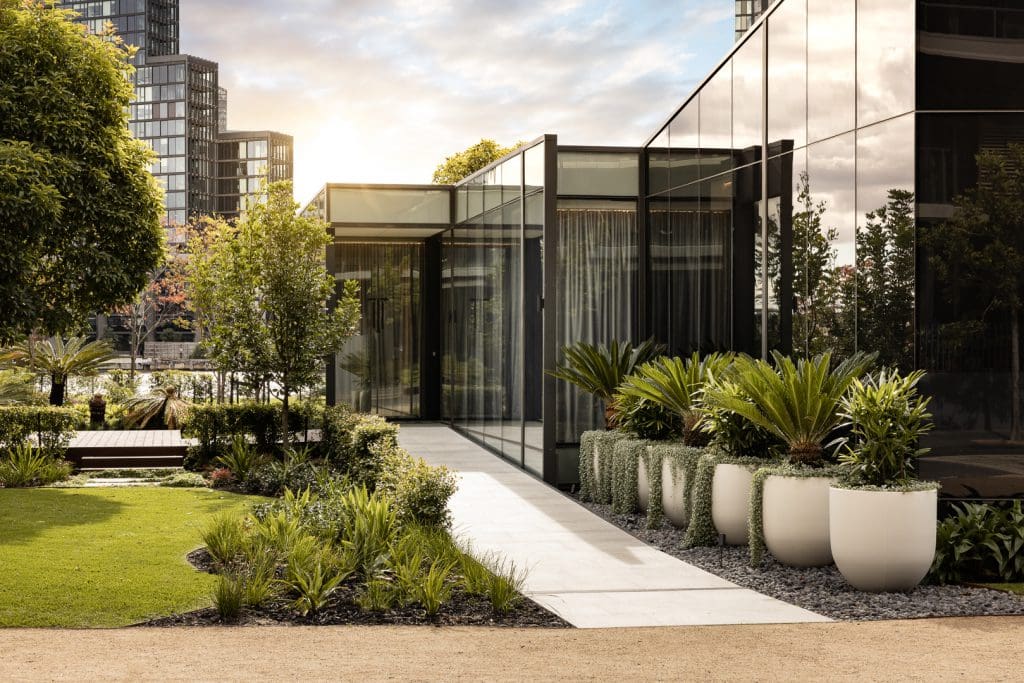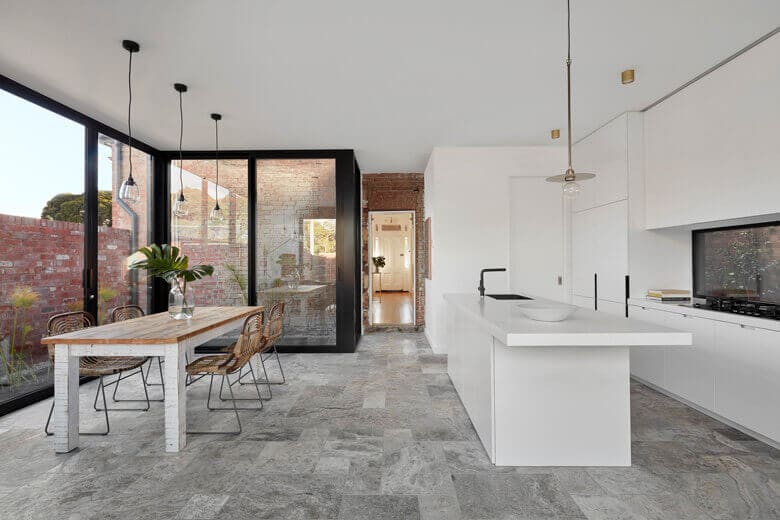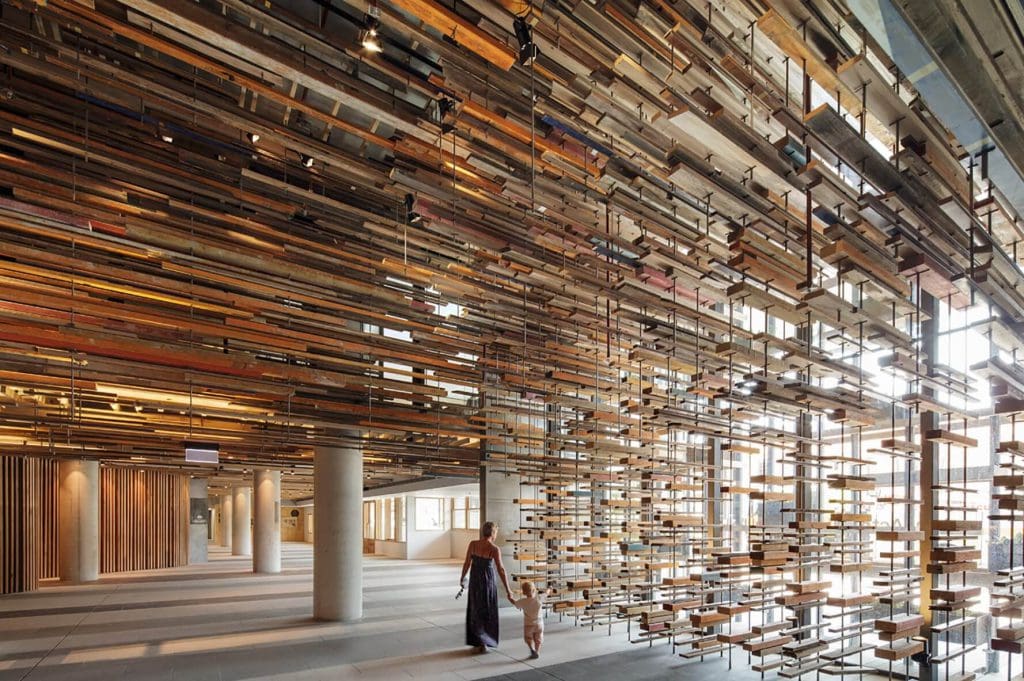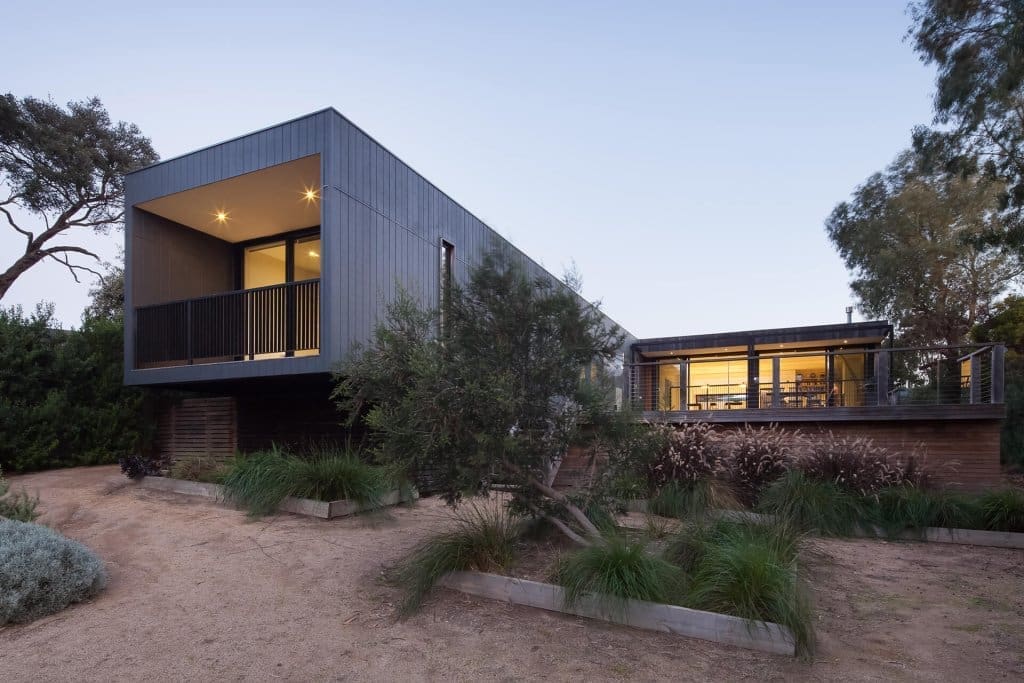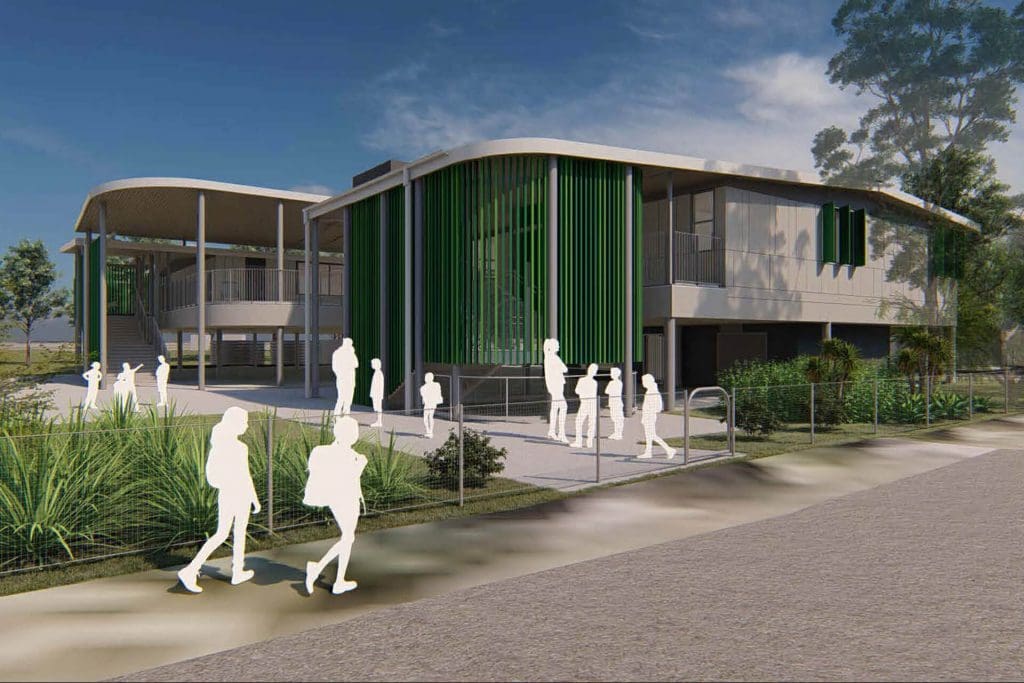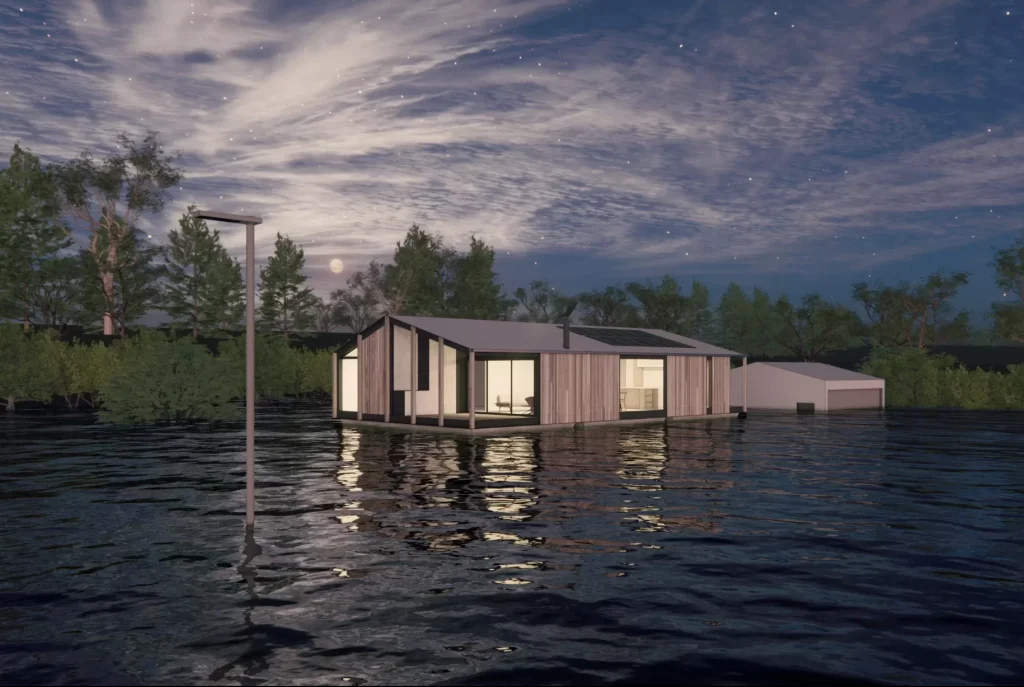The Future Of Building Is 3d
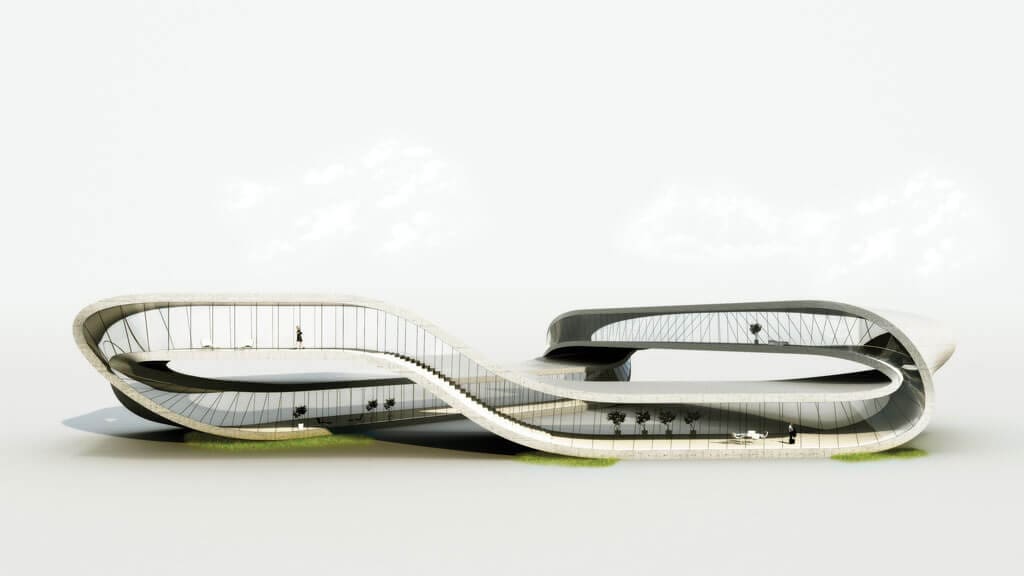
3D printing is all the rage in the world of architecture, design and engineering, and just like everybody else, we’ve been caught up in the fun and exciting creations this technology has produced.
Conventional 3D printing is achieved using an additive process, where layers of material are laid down in shapes according to the digital blueprint of mostly small, solid objects. But recent innovations in 3D printing, also called additive manufacturing, have seen this technology develop to such an extent that designers and architects worldwide are now competing to see who can produce the first habitable 3D printed home . . .
The process uses very different materials and systems that could transform the way buildings are made. Earlier this year, Dutch studio Universe Architecture released their plans to build a looping two-storey home that resembles a Mobius strip (pictured above) and will be printed on site in concrete.
Not long after, UK architects Softkill Design unveiled plans for their Protohouse 2.0, a single storey residence with a fibrous structure that resembles the appearance of bone growth. It will be made with plastic and printed in a factory in sections that will be snapped together onsite.
However, it’s not just buildings that are being pioneered. Other forward thinking companies such as Emerging Objects are concentrating their efforts on smaller prototypes, proposing to produce single rooms at a time rather than large scale models. Perhaps even more intriguing is their ground-breaking use of raw materials otherwise considered mundane or ineffectual in construction. Materials currently under development include newspapers, salt, cement polymer, nylon and wood – all of which are sustainable, inexpensive and can be used as building components or interior accessories for a range of design applications.
These approaches are completely untried at this level, and there’s a certain amount of scepticism regarding the feasibility of scaling up a technology that, until now, has only been used to make small objects – objects that don’t require the structural performance and integrity of houses. But architects and designers working in this field are convinced it won’t be long before 3D printing transforms their discipline in the future.
